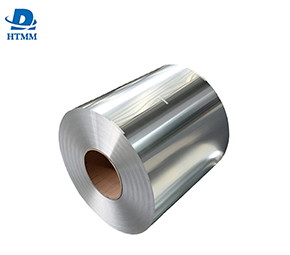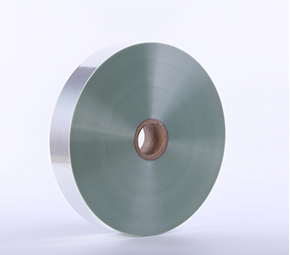.jpg)
8011 aluminum foil advantages
The 8011 aluminum foil has the advantage of being easy to process, has good printability and fit properties, and does not affect printing and labeling due to filament flow compared to paper labels. The processed 8011 aluminum foil has been glazed, smooth, clean and bright. It is suitable for gravure or flexographic printing. It is not limited by color, pattern and design. It can also print temperature sensitive special ink to consumers. Warning of the best drinking temperature; or increase the sneak function of the unscrewing cover, tie a pinhole line under the bottle mouth, the labeling glue can not be pasted under the needle hole line when the labeling, if the top label is accurately torn open Indicates that the cap has been opened.
Beer 8011 aluminum foil top mark
Beer 8011 aluminum foil top mark, also known as hat label, has the original natural metal texture, brightness, eye-catching than any other substrate, like the fine jewelry in the crown, and the belly and back labels together to create a brand beer Perfect. Many high-end beer in Europe and America use beer 8011 aluminum foil top hat standard, domestic 640ml, 630ml, 500ml bottled aluminum foil standard accounted for 60%, with the total national beer consumption and high-end beer increased by 15%, 10% respectively. It is expected that the top of the beer 8011 aluminum foil will continue to rise at around 20% in the next few years.
Beer 8011 aluminum foil top aluminum foil is made of standard aluminum ingot melting, hot casting, rough pressing and precision pressing with a purity of 99.5%. The domestic beer sealing label thickness is about 0.011mm, and the German wine label is thin to double Zero, which is 0.009 mm.





